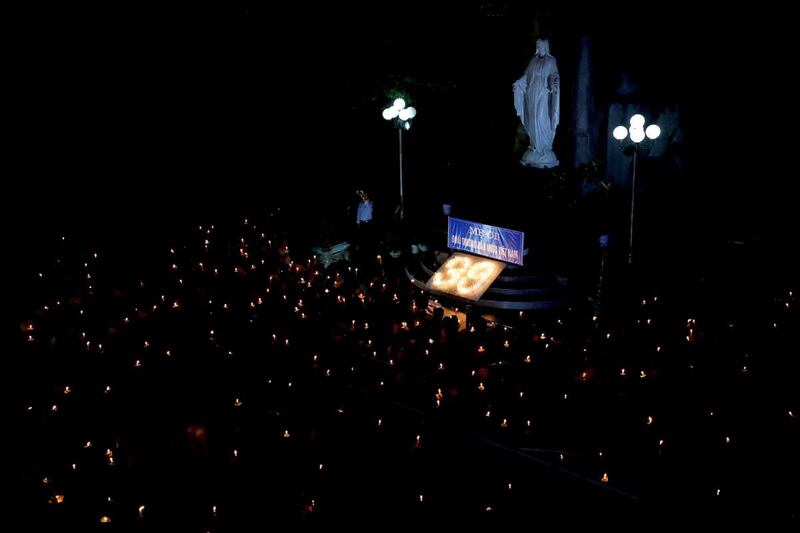Tran Thi Ngoc was only 19 years old when she died in the back of a truck in Grays, Essex, northeast of London in October 2019.
She was one of 39 Vietnamese who perished in a refrigerated container truck as they were smuggled into England — attempting to complete a journey that thousands of Vietnamese people have made before them, and continue to make to this day.
You might simply call them “container people.”
Container People
It has been two generations since a wave of desperate humanity fled the aftermath of the Vietnam War and became known as the “boat people.” Much has changed during the intervening decades. Vietnam has thrown off the shackles of war and emerged as a tiger economy in Southeast Asia. But like the boat people before them, container people dream of a better life in the West, escaping the fate they were handed at birth.
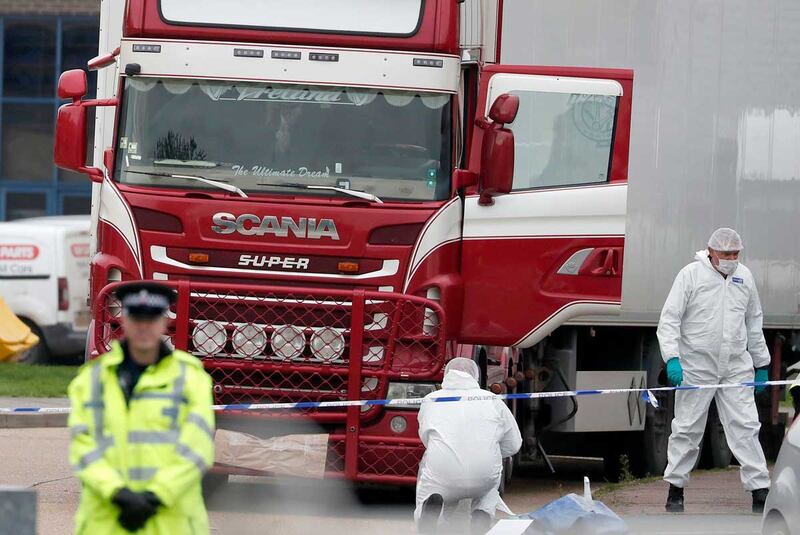
For many, the United Kingdom is their dream destination.
“Today and forever, Tran Thi Ngoc will never be able to realize her dream,” her father Nguyen Van Ky told RFA. He spoke from the family’s home in Vinh in Nghe An province, the region of central Vietnam where founding communist leader Ho Chi Minh was born.
Ngoc was the oldest of four. Growing up in a poor household, she had always felt the responsibility to care for her younger siblings. She had begged her parents to let her go to England, to advance her education and get a job to help support the family and the three younger children.
Ky still nurses the heartbreak of losing his daughter, but he turns pensive when it’s suggested to him that he’d not allow another family member to attempt such a treacherous journey. Ky concludes that he would still agree to let his three remaining children go abroad to study and work “if they could legally do so.”
This article is part of a four-part RFA series examining the aftermath of the tragedy that took the lives of 39 Vietnamese people two years ago. We look how Vietnamese make the perilous journey to and through Europe. And we ask why many families still aspire to send their most capable member — a promising son or daughter, a young mother or father — to work abroad, despite the risk of exploitation by human traffickers and even death.
According to a report published in August 2017 by the United Nations’ Economic and Social Council, Vietnamese smuggling networks bring about 18,000 people from Vietnam to Europe each year in what amounts to a $300 million business. Smuggling, the council notes, becomes trafficking when it involves the exploitation of migrants.
RFA has spoken to members of Vietnamese communities across Europe who say that the wave of migrants coming from Vietnam has continued, despite a global coronavirus pandemic that caused countries including Vietnam to seal their borders in parts of 2020 and 2021.
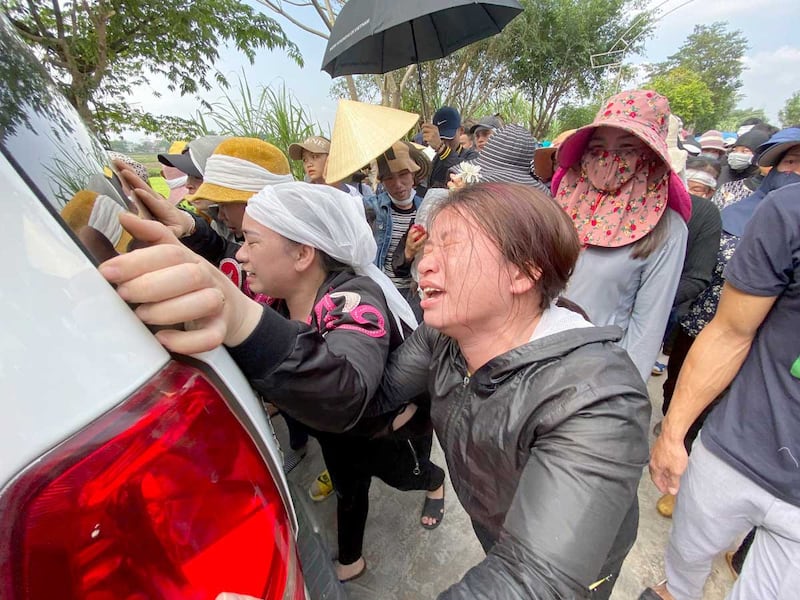
“The horrific death of the 39 people in England had no impact, in my opinion. People keep coming,” said Nguyen Hoang Linh, editor of the Vietnamese-language Bridge to the World Online in Hungary.
Authorities confirm this.
Chief Detective Nicole Baumann with Germany’s Federal Criminal Police Office said the number of migrants entering the country during the country’s lockdown periods did not abate.
“We had lockdown periods here in Germany when people could no longer work in nail salons. We suddenly started noticing Vietnamese migrants working in construction. That was completely new,” she told RFA.
If anything, migration and trafficking experts noted the journey has become more dangerous and rife with exploitation, as we will explore in the next few installments of our series.
The Group of Experts on Action Against Trafficking in Human Beings (GRETA) with the Council of Europe said in a report on trafficking in Europe in 2020 that, “traffickers have exploited the coronavirus crisis, profiting from vulnerabilities and difficult economic circumstances. Law enforcement agencies have reported increased prevalence of sexual exploitation online and use of technology to facilitate criminal conduct. There have also been delays in the criminal justice system, to the detriment of victims’ rights.”
Push and Pull Factors
The pull factors drawing Vietnamese people to Europe are the economic opportunities there, which are partly fueled by organized crime. Migrants fill a demand for cheap, illegal labor in nail salons, sweatshops and cannabis farms across Germany and the U.K., often led by ethnic Vietnamese organized crime groups.
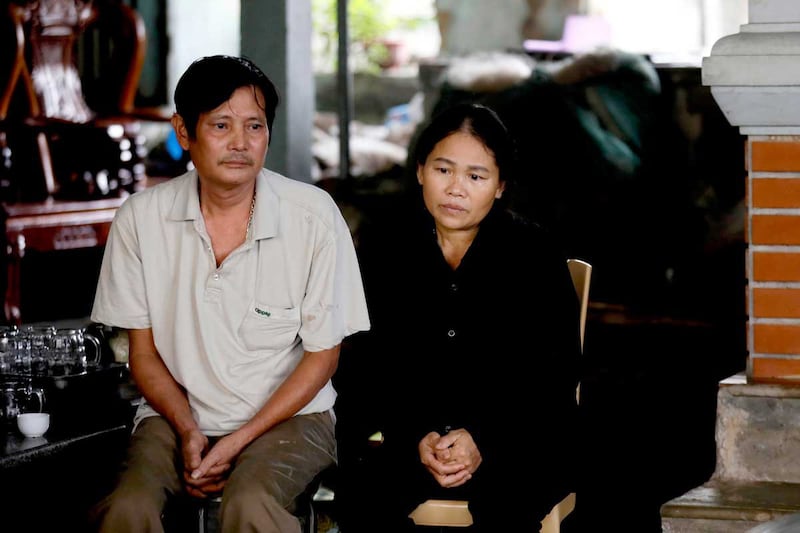
But pull factors cannot be isolated from the push factors that motivate people to leave Vietnam, research from non-government groups suggests. In addition to a desire to escape poverty, there are social, environmental, political, even religious factors that drive people to put their lives in the hands of traffickers.
Migrants take those risks for a chance to earn somewhere between 1,000 and 3,000 pounds sterling in the U.K. to support their families back home.
Such was the case with Nguyen Thi Van and her husband Tran Hai Loc, who also died in the Essex lorry. The young couple left their small children behind in Nghe An — the same province as 20-year-old Ngoc — and paid 60,000 pounds for the journey to the U.K. ITV News reported the couple was found dead in the container, still holding each other’s hands.
One person who made it safely to the U.K., Nguyen Manh Tuan, told RFA how he migrated here illegally in 2013 under circumstances very similar to the Essex victims. He declined to disclose his age and home town, because he still has a wife and family in Vietnam. Tuan has applied for political asylum in the U.K. and is awaiting a review of his case.
Back home he tried his hands at doing business, but he said he faced pressures on two fronts: mounting debts, and an oppressive government that made it hard for anyone who spoke up to make a living. A member of a vocal Catholic community, he said his grandfather had spent 15 years in jail for his religious activities.
Tuan agreed with his creditor to go abroad to pay off his debts. The creditor arranged everything, he said.
“I gave them my photograph; they created the necessary paperwork. How, I don’t know. I just followed the smuggler. They arranged to fly me to Russia. From there, each stop, they led the way, from Eastern Europe to France, then to the U.K. channel crossing.”
He was completely reliant on his smugglers, not knowing even the names of the towns he passed through. All he knew was the destination was England, and that the U.K. “had more human rights than other countries,” he told RFA.
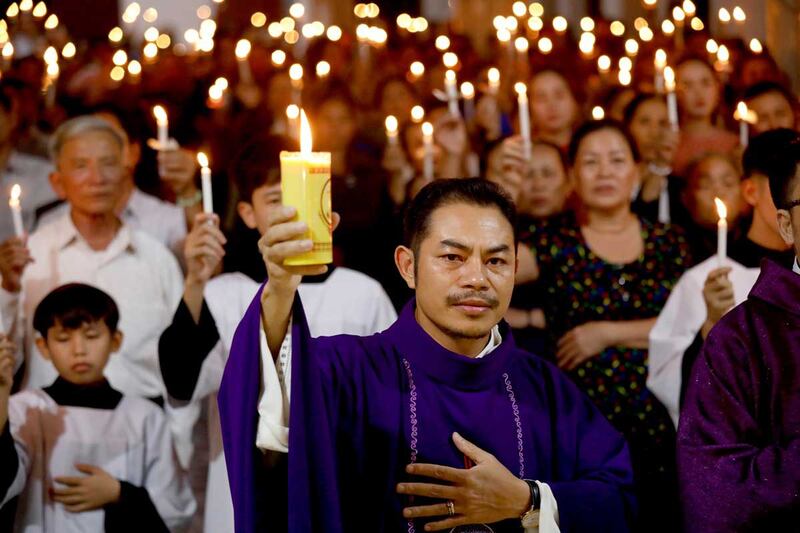
Tuan travelled through the Ukraine, Poland and Germany. He now realizes just how lucky he had been.
“I was scared in that container. In there, you don’t know anything. It’s just four iron walls. Travelling on forest roads, it was cold and miserable. When I heard about the 39 migrants dying, I felt numb. They went under the same circumstances as I had. But they left their bodies on that truck, on their way to freedom — and here I am … safe.”
Nguyen Thi Hoa, who asked RFA to refer to her by a pseudonym, entered the U.K. illegally in 2010 and has since become a legal resident there.
“The number of Vietnamese people coming to England is incalculable,” she said. “But how may trips have resulted in deaths? So, when there’s a fatal trip, people will say the price isn’t worth it. But after the death of the 39 migrants, people still keep coming.”
Hoa, now 41, said she paid $5,000 USD at the time. Through an acquaintance she connected with smugglers who took her from her home in northern Vinh Phuc province, to Russia, through Eastern Europe on to Western Europe.
The journey lasted four months, and was interrupted by bouts in prison whenever she was caught by local authorities in Slovakia, the Czech Republic and France.
Routes and Risks
‘Hoa said she flew from Hanoi to Russia, where she and about a dozen other Vietnamese were picked up at the airport. They were told to surrender their passports to their minders, put in a truck and driven away.
“We travelled by truck, going through a lot of countries. At times the truck carried 50 or so people, all of them were big and muscular people."
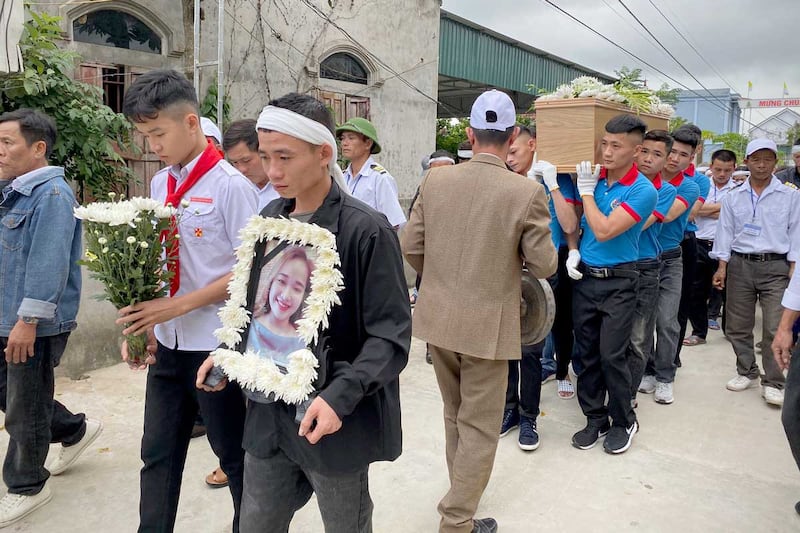
Other times, she had to walk through forests, for weeks on end.
“We had to go at night and wade through streams. We got lost in the woods. Oh my, it was very hard and rough! We walked for several weeks,” she said. “Sometimes when someone was too weak, they’d leave them behind and wouldn’t allow them to continue."
Mimi Vu, a human trafficking expert based in Vietnam, said that while most people trafficked into China are women and young girls, in Europe and the U.K. most victims are men and boys.
But those women and girls who do travel to Europe face another dimension of brutality. Le Thi Tuyet, a woman from Nghe An, now settled in Poland, told RFA that back in 2010, she witnessed many women being sexually assaulted, in one country after another, by the people smuggling them.
“They saw that I was old, so they left me alone. If you are young, you are as good as dead. Any young woman would be forced to sleep with them. The Chinese, the Westerners, even our ‘Commie’ brothers. They were the worst! The smugglers had no scruples. It was hard.”
Whether it is men or women making the trip, the route described by Nguyen Thi Hoa mirrors those taken by many migrants from Vietnam, and it is one that has been used since the Cold War, according to Mimi Vu.
“The bulk of victims come from a handful of provinces from north-central and northern Vietnam, provinces that have sent their citizens overseas to work and send money back home since the 1980s,” she said, referring to Quang Ninh, Quang Binh, Ha Tinh, Nghe An and Hai Phong.
Ngoc, the young woman who died in the refrigerated lorry in Essex, had tried to travel from one of those provinces, Nghe An, by legal means, her father Ky said. The parents paid 1 billion Vietnamese dong for their daughter’s trip, the equivalent of about $45,000 USD, which they financed through a bank loan. Ky said after Ngoc died, traffickers paid a portion of it back.
“She couldn’t make it as an international student. She interviewed two, three times with the Americans (to go study in the United States). She didn’t make the cut, but she was still determined.
“She said she would go over to England, find a way to study and become legal. That’s what she wanted. Her mother and I thought she had a chance, so we helped her make it happen.”
